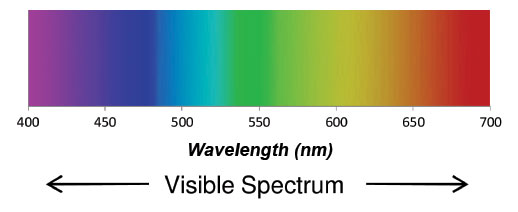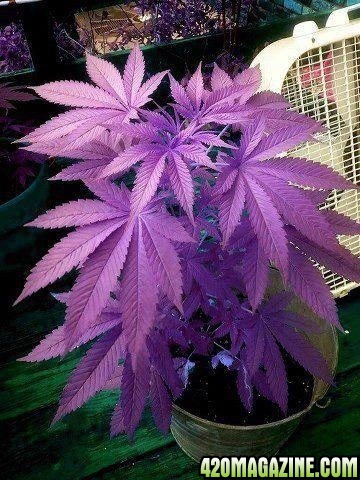Water Bear
New Member
I've been doing a little bit of research on pigments, photosynthesis and adaptation.
Since plants do have the ability to produce other pigments, is it possible to force the plants to produce primarily a different pigment that would make the plant look blue, orange or red by supplying only light in different a spectrum (k or color temperature) other than 6500k and 2700k, such as 10000k or 1000k.

Or would you need to measure the lights wavelength in nanometers like LED growers?

Yes, I know this would take years but is it relatively possible and has anyone ever done it?
I'm just taking a stab in the dark.
Since plants do have the ability to produce other pigments, is it possible to force the plants to produce primarily a different pigment that would make the plant look blue, orange or red by supplying only light in different a spectrum (k or color temperature) other than 6500k and 2700k, such as 10000k or 1000k.

Or would you need to measure the lights wavelength in nanometers like LED growers?

Yes, I know this would take years but is it relatively possible and has anyone ever done it?
I'm just taking a stab in the dark.



